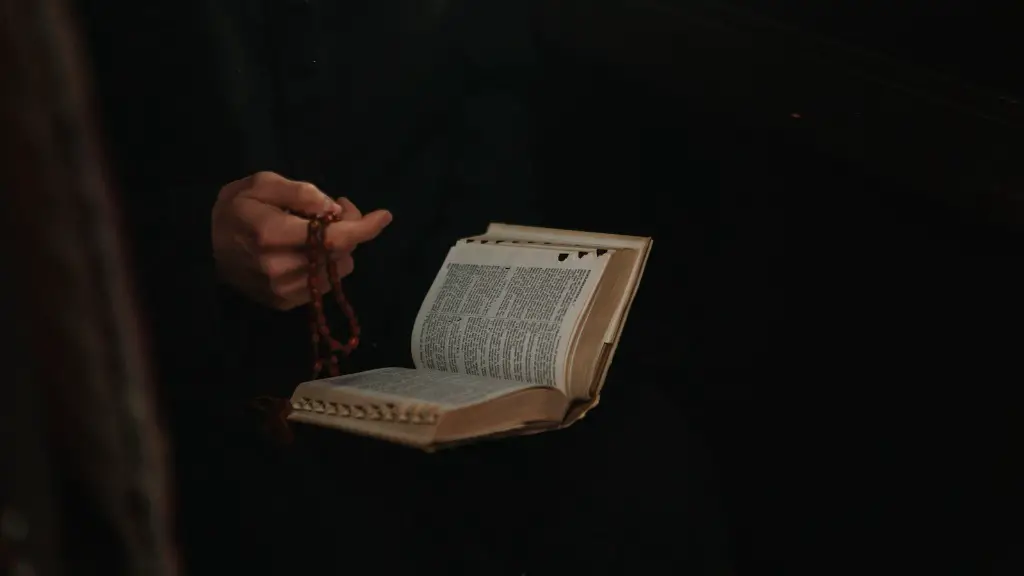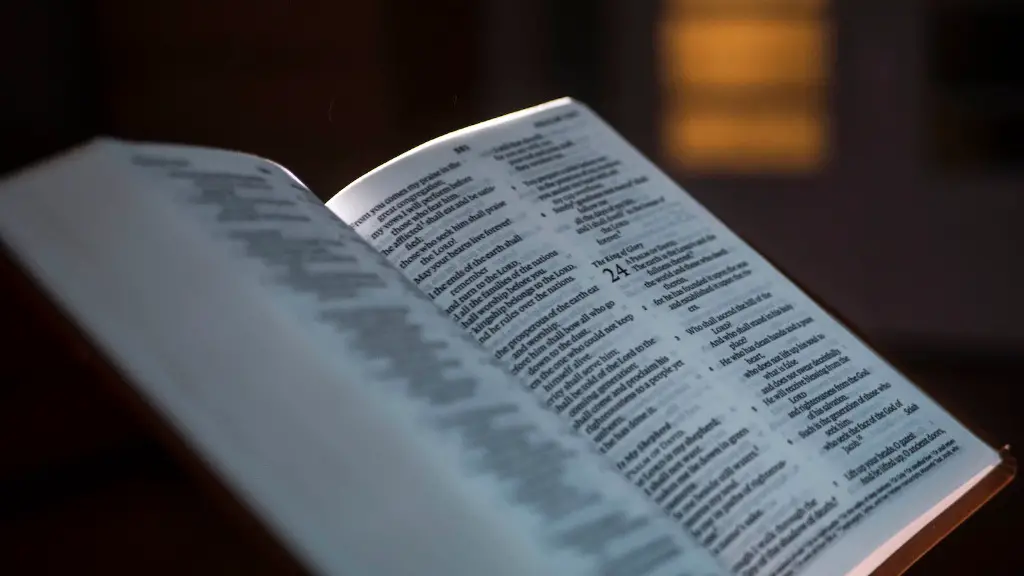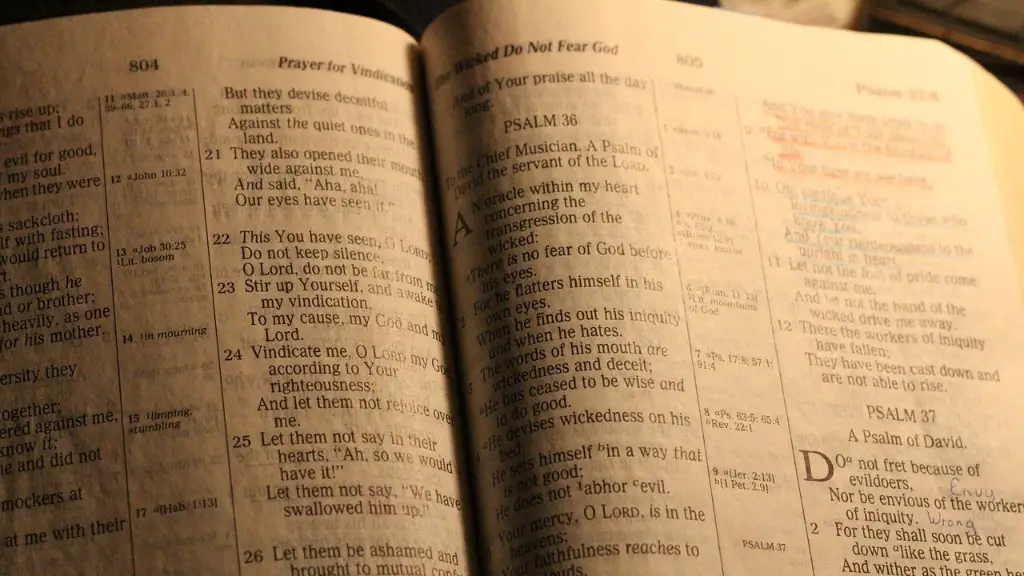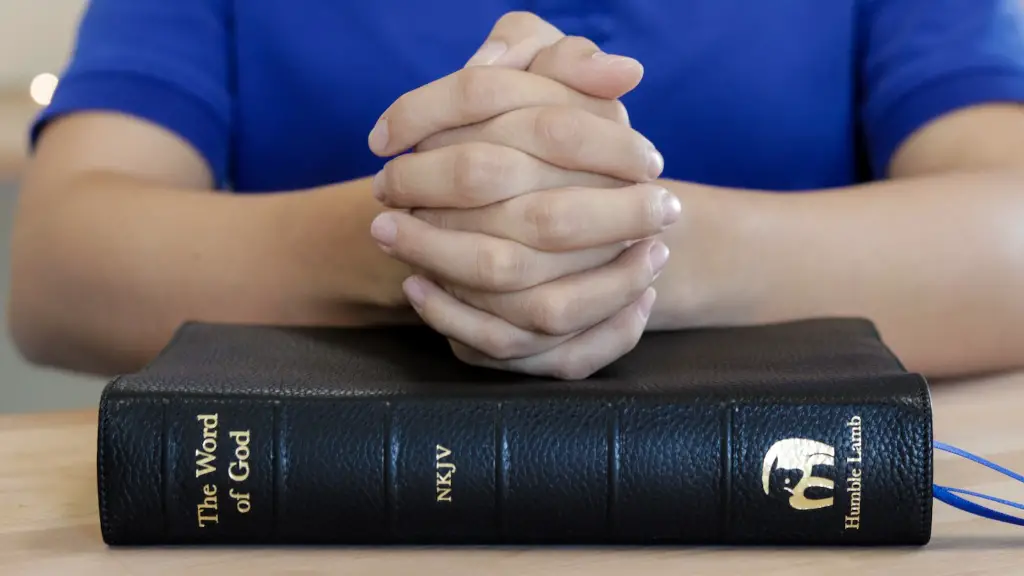The Magi, or Wise Men, were some of the most important figures in the Nativity story. They were mysterious, wise men from the East who brought gifts to the baby Jesus and introduced him to the world. In the Bible, the Magi appear in the Gospel of Matthew, where they are said to have been guided to Jesus by a star. Traditionally, scholars believe the star was a reference to a great comet or supernova. In addition, the Magi were believed to be a group of Persian astrologers/priests, but it is unclear who they actually were.
The Magi brought three gifts: gold, frankincense, and myrrh. Scholars believe that gold was the most valuable of the gifts, given to symbolize Jesus’ royalty and position as King. Frankincense and myrrh, on the other hand, were used in religious ceremonies and may have been given to hint at Jesus’ role as a spiritual leader. Historians have suggested that the gifts were likely chosen based on their symbolic meanings as well as their availability in the ancient world.
The number of Magi is a contentious issue; the Bible does not specify an exact number but it does say that there were “wise men from the East” who followed the star. Historians and theologians have proposed various theories about how many men there were, ranging from two to twelve. Traditionally, though, the number tends to be assumed to be three in part because of the three gifts they brought.
In Psalms 72:10, it is written that “the kings of Tarshish and of the islands shall bring presents.” This line has been interpreted to mean that the Magi could have been from a far away land, such as India or Arabia. Another interesting theory is that the Magi were descendants of the Queen of Sheba, a figure from the Old Testament. This theory suggests that the wise men may have been skilled in an ancient form of astrology in which male worshippers followed the movements of stars in search of a divine sign.
Regarded by some as the first witnesses to Jesus’s divinity, the Magi have long been associated with wealth and wisdom in the Christian world. The story of their journey has been a source of inspiration for many works of art, most notably the Adoration of the Magi, a painting by the Italian artist Sandro Botticelli. The painting illustrates scenes from the Nativity story, with the Magi kneeling before baby Jesus in a gesture of homage.
While the exact identity of the Magi remains a mystery, there is no denying their importance within the Christian tradition. Even today, they are remembered in the Feast of the Epiphany, which celebrates their arrival in Bethlehem and their bearing of gifts to the newborn King.
Star Seen By Magi
The star seen by the Magi is one of the most enduring questions of the Nativity story. There are a number of theories about what the star could have been, from a great comet or supernova to a planetary conjunction. Some suggest that the star was a metaphor for something much less tangible, a spiritual or divine sign seen only by those with spiritual insight.
Whatever the star actually was, it is clear that the Magi were filled with awe and wonder upon seeing it. This was seen as a clear sign that such a great event was about to occur, and a spiritual journey was about to unfold. The Magi saw the star as a sign of hope and salvation, so they followed it in search of the newborn King.
While the star itself is shrouded in mystery, it has become a powerful symbol of guidance, faith, and renewed hope. It beckons us to follow our own journeys and seek out our own truth, guided by the light of spiritual insight and understanding.
Magi’s Journeys To Bethlehem
The journey taken by the Magi to get to Bethlehem is a source of fascination for many. It is believed that the Magi traveled from Persia, or possibly India, to get to Bethlehem. This would have been an arduous journey of some two thousand miles, across deserts, mountains, and possibly the sea.
The Magi were most likely traveling by camel, as this was the primary means of transport in the ancient world. Durable and able to carry a great deal of weight, camels were the perfect choice for long journeys across difficult terrain.
The Magi’s journey to Bethlehem signifies more than just a physical journey; it stands for a spiritual journey, in which faith and insight guide one to light. There is no denying that this journey must have been difficult and tiring, but the Magi pressed on towards their goal with faith and determination.
The Magi’s journey to Bethlehem serves as an inspiration to us all to take our own journeys to seek out spiritual understanding and knowledge. It reminds us that, with courage and faith, we can overcome any obstacle and find our own truth.
Symbolism & Significance of Magi’s Gifts
The gifts brought by the Magi were, according to tradition, gold, frankincense, and myrrh. Some believe that these gifts were chosen for their symbolic significance and others suggest that they were the only items readily available in the ancient world.
The gold is believed to symbolize Jesus’ regal splendor, while the frankincense and myrrh were used in religious ceremonies and thus represent Jesus’ spiritual nature. Each of the gifts was also of immense monetary value, hinting at Jesus’ later role as the Savior of mankind.
The gifts given by the Wise Men serve as an enduring symbol of faith and hope. They remind us that even in times of difficulty, it is possible to find joy and courage in the symbols that surround us.
The Magi’s gift of gold, frankincense, and myrrh reminds us to look for hope and joy even in difficult times and places, and to take the time to cherish the mundane gifts that life gives us.
Christian Impact Of Magi
The impact of the Magi on Christian tradition is undeniable. In the story of the Nativity, the Wise Men were the first to recognize Jesus’ divinity and honor him with their gifts. Thus, they are honored through the Feast of the Epiphany, which celebrates their arrival in Bethlehem.
The gifts they brought are also symbolic of key aspects of the Christian faith, including faith, hope, and charity. This has been interpreted by many to mean that the Magi set the bar for religious attitudes, and we should all strive to be as faithful and wise as they were.
The gifts the Magi brought for baby Jesus also reflect the true spirit of Christmas: faith, hope, kindness, and generosity. The Magi believed in the power of gifts, that even the smallest offerings of gold, frankincense, and myrrh could help guide a soul to the divine.
Through their journey, the Wise Men teach us the importance of faith and the power of kindness. The Magi remind us that we can all seek out and find hope in even the darkest of times.
Origins Of Magi
Scholars are still unclear on who exactly the Magi were and where they came from. There is evidence that they could have been from Persia, or they may have been a group of astrologers from India.
While the Bible never specifically names the Magi, it does describe them as “wise men from the East”. This suggests that they had some level of knowledge and expertise in the ancient art of astrology. As such, they may have been chosen to lead the journey to Bethlehem based on their ability to interpret the stars and divine signs.
Theories suggest that the Magi could have been from a long-forgotten region, as mentioned in Psalms. Whatever the case, it is clear that the identities of the Wise Men were shrouded in mystery even then.
In the Christian tradition, the Magi are often held up as bearers of great wisdom and faith. Whether or not they were in fact wise men or astrologers from the East, the Magi continue to enchant us with their mysterious story and powerful example of faith.





